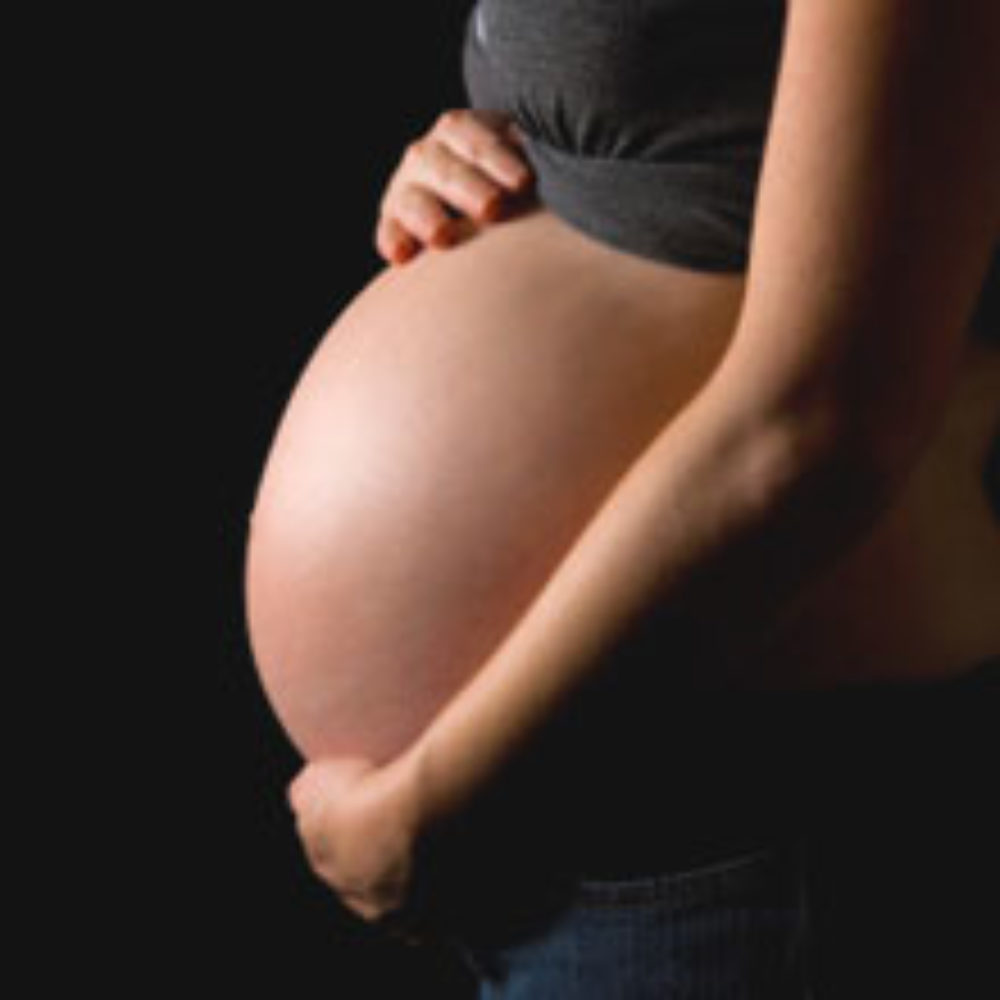Depakote Risk of Spina Bifida, Hypospadias Reduced With Lower Doses

New research suggests that the lower doses of Depakote a woman takes during pregnancy, the less chance her child has of being born with serious health problems, such as spina bifida and hypospadias. The dose dependent findings also serve as a strong indication of a causal relationship between Depakote and birth defects.
The study was released online earlier this month by the medical journal Neurology, finding a link between taking high doses of Depakote during pregnancy and an increased risk of giving birth to a child with birth defects and malformations.
Researchers from Royal Melbourne Hospital in Australia looked at data from the Australian Register of Antiepileptic Drugs in Pregnancy collected from 1999 to 2012. They found that compared to other malformations, the dose of Depakote taken during the first trimester of pregnancy tended to be higher in mothers who gave birth to children with spina bifida and hypospadias.

Did You Know?
Millions of Philips CPAP Machines Recalled
Philips DreamStation, CPAP and BiPAP machines sold in recent years may pose a risk of cancer, lung damage and other injuries.
Learn MoreSpina bifida, also commonly referred to as myelomeningocele, is a neural tube defect that occurs when some vertebrae overlying the spinal cord are not fully formed and remain unfused and open. Hypospadias is a genital defect that can occur in males, involving an abnormally placed urinary opening.
Researchers saw a downward trend in the use of Depakote by pregnant mothers over the last five years. That decrease in use was accompanied by a decrease in the rate of occurrences of spina bifida and hypospadias, but not other malformations.
Such a connection, referred to as dose dependency, is considered a strong indicator that a drug is causing a problem instead of just being somehow associated. The researchers concluded that reducing Depakote doses early in pregnancy is likely to help prevent the two malformations. Other types of malformations and birth defects did not appear to be affected.
Depakote Pregnancy Side Effects
Depakote (valproic acid) was approved in the United States in 1978 for treatment of certain forms of epilepsy. However, Depakote pregnancy risks have been associated with the development of severe birth defects and malformations, including spina bifida, cleft palate, abnormal skull development, malformed limbs, holes in the heart and urinary tract problems; especially when the drug is taken during the first 28 days, when neural tube closure and other critical formations are taking place.
In 2006, the FDA added a “black box” warning about the potential risk of Depakote birth defects after a study found that 20% of pregnant mothers who gave birth while on Depakote had a child with malformations or a birth defect.
In May, the FDA put new restrictions on Depakote pregnancy use, contraindicating it for pregnant women, but only when it was used for the treatment of migraines. The agency did not contraindicate it for pregnant women.
The FDA changed all valproate-based drugs from a class “D” to a class “X” pregnancy drug, but only as they pertain to migraines. In addition to Depakote and Depacon, other drugs that are affected by the warning include Depakene, Stavzor and generic equivalents.
Abbott Laboratories currently faces a number of Depakote lawsuits brought by families throughout the United States who allege that the drug maker failed to adequately warn about the risks associated with using the medication during pregnancy, alleging that children now suffer life-long disabilities that could have been avoided.
Get more articles like this sent directly to your inbox.
"*" indicates required fields






0 Comments